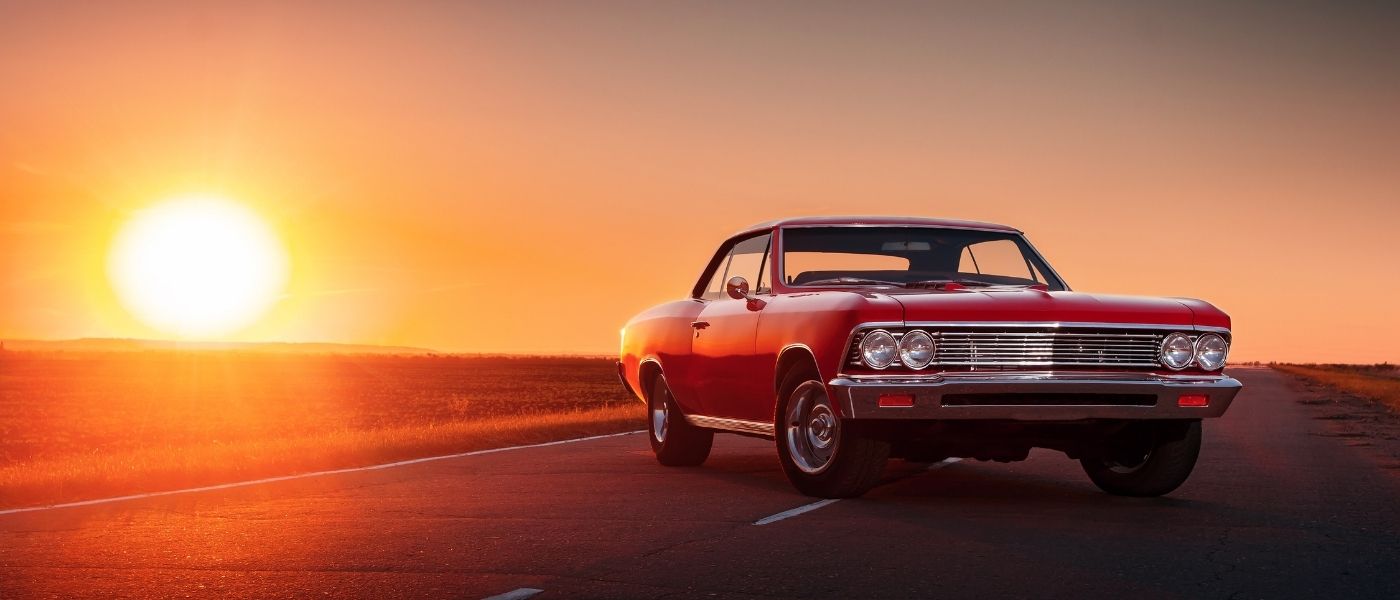Muscle cars are synonymous with American style and ingenuity.
These vehicles feature massive roaring engines, two-door designs, and big frames. Unless you’re a serious gear head, though, you may not be as familiar with pony cars. These automobiles are offshoots of muscle cars that are sleek, sporty, and relatively small.
If you’re interested in these vehicles, read on to learn more about the differences between a muscle car and a pony car.
What Is a Muscle Car?
The origins of the muscle car are distinctly American. People generally regard the 1949 Oldsmobile Rocket 88 as the world’s first muscle car. The Oldsmobile Rocket 88 had many typical features of muscle cars, such as a powerful V8 engine inside a mid-sized frame.
Muscle cars have rapid acceleration capabilities and can go from 0 to 60 mph in mere seconds. Other features associated with muscle cars are loads of horsepower, a higher price tag, and a tendency to guzzle down fuel.
What Is a Pony Car?
The Ford Mustang made its debut in 1965, a point in automotive history that many people point to as the birth of the pony car. The term pony car came from the Mustang name, referring to the eponymous breed of horse. The pony car was a ground-breaking design, as it was a compact, inexpensive, and sporty vehicle marketed toward young adults.
What Are the Differences?
One of the most significant differences between a muscle car and a pony car is that a pony car has a more petite frame and engine block than a muscle vehicle. Muscle cars typically have large, powerful engines with mid- to full-sized sedan frames.
Muscle cars focus on power at the expense of handling, whereas pony cars tend to excel in the latter aspect. Both car types typically feature two doors and rear-wheel drive.
Today, most muscle cars originate from the ’60s and ’70s and have a host of maintenance requirements, such as fluid upkeep, regular use, and proper storage. You must attend to all of these to keep them in pristine condition. Pony cars, such as the Ford Mustang, still come in modern designs and have slight differences in their maintenance needs depending on their age.
For many auto enthusiasts, the preference between pony cars and muscle cars is up to personal taste. Some prefer the classic, cool styles of muscle cars, while others opt for the more fuel-efficient, sleeker designs of pony cars. Both types of vehicles exemplify some of the best attributes of American auto engineering.


